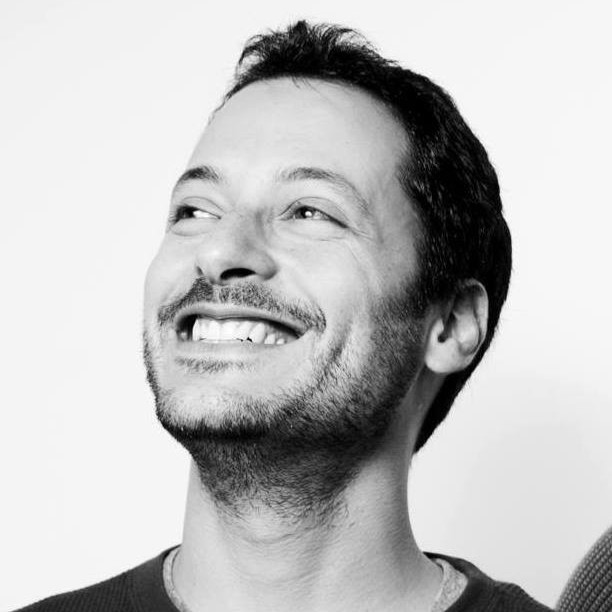Entrepreneur Case Studies
From Developer to Successful Machine Learning Entrepreneur: David Moss, Co-Founder, President and CTO of People Power Company (Part 5)
David Moss: The third thing we do is we’re bringing people together. If we look at the history of computing, in every era, killer apps would emerge. These apps were killer because they’re viral. They’re viral because they’re social. What’s key is to take the newest technology of the day and find how we can intersect that with elements that are social.
There is nothing more social than taking care of somebody. We are bringing together family caregivers and we are bringing together professional caregivers to provide care. Usually, it’s a primary caregiver who steps up. This person has a lot of stress. What we need to do is distribute that stress to the rest of the family and provide them with a better lifestyle.
>>>Israeli Founders Building a FinTech Venture: Omri Dor, Co-Founder and COO of Obligo (Part 4)
Sramana Mitra: What about customers? Did you have customers?
Omri Dor: That was the straw that broke the camel’s back. Roey and I did a couple of trips to London. We went there and were going door-to-door to residential brokers. We would walk in and show them the demo and a video. It was an explainer video. We would walk door-to-door getting them to sign letters of intent. I believe we got zero.
>>>From Developer to Successful Machine Learning Entrepreneur: David Moss, Co-Founder, President and CTO of People Power Company (Part 4)
Sramana Mitra: When did this insight on senior care come to focus?
David Moss: We knew we wanted to get into senior care around 2016. It takes time to orient that product in that direction. We had to keep the company alive. We wanted to position this technology more in this direction.
It was in 2018 that we received a $4.5 million grant from the National Institute on Aging to create assistive solutions for people with Dementia and Alzheimer’s. That was key. That enabled us to focus on commercializing this infrastructure and go out there with something that is valuable for this population.
>>>Israeli Founders Building a FinTech Venture: Omri Dor, Co-Founder and COO of Obligo (Part 3)
Sramana Mitra: When you went out for seed funding, what did you have? Did you have an MVP?
Omri Dor: We started working on it. In the beginning, it was me and Roey. For his other businesses, he had this building with offices. We were sitting there figuring out some stuff. We started thinking about what the product would look like. At that time, the market we had in mind was the Israeli market, which is a peer-to-peer, single renter, single landlord.
>>>From Developer to Successful Machine Learning Entrepreneur: David Moss, Co-Founder, President and CTO of People Power Company (Part 3)
Sramana Mitra: All these things that you talked about fit under positioning. Product positioning makes or breaks the business. You have to hit the right pain points, the right go-to-market strategy,and the right segmentation.
The next question I want to ask you is, you were tinkering with certain ideas in 2009, but the real idea around which you started building People Power took several years. Something like four years?
>>>Israeli Founders Building a FinTech Venture: Omri Dor, Co-Founder and COO of Obligo (Part 2)
Sramana Mitra: What was the genesis? What was the idea?
Omri Dor: I should mention that ever since I was 20, I would always keep a record of all my ideas. I would try to classify them. I would do due diligence on my own ideas. I did this a lot. Every once in a while when I hit something that is big, I would call whichever friend of mine was knowledgeable and would be a potential co-founder.
>>>From Developer to Successful Machine Learning Entrepreneur: David Moss, Co-Founder, President and CTO of People Power Company (Part 2)
David Moss: We realized that one of the big barriers to entry is that people have to buy some thing before they realize the value. We got to thinking about how do we get past this barrier to create more of a freemium model of the IoT. In 2013, I came up with the concept that we could transform a spare smartphone into a free internet-connected security camera. We created this app called Presence which did just that.
>>>Israeli Founders Building a FinTech Venture: Omri Dor, Co-Founder and COO of Obligo (Part 1)

Omri tells a wonderful story of validating and navigating his original FinTech idea in Israel and building a company in the US.
Sramana Mitra: Let’s start at the very beginning of your journey. Where are you from? Where were you born, raised, and in what kind of background?
>>>